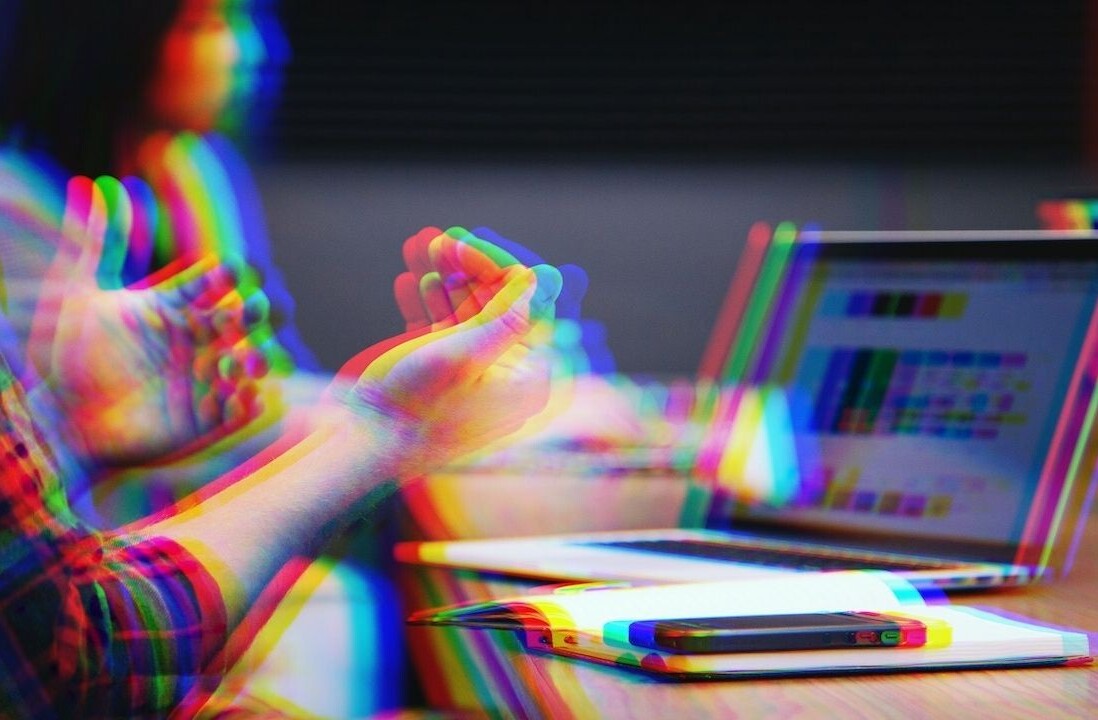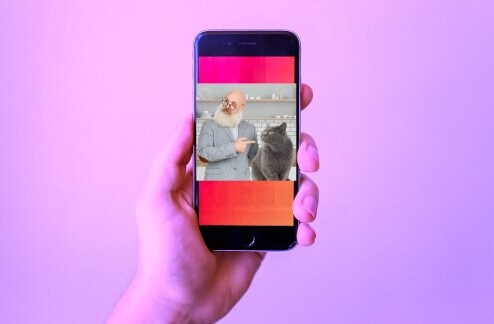
Chinese search giant Baidu has added object recognition to its translation app, a nifty feature that lets you take a photo of something and lists its Chinese name, as well as the English translation of it.
However, it remains to be seen whether the feature is merely a cool gimmick or a genuinely useful new addition that will become indispensable to users. Google already has this feature in its standalone Android app Google Goggles, and it’s also built into Google Translate for Android, where you can “take a picture to translate.”
The object recognition feature was added to Baidu’s iOS app via an update over the weekend, having been added to the Android app last month. All you have to do is select ‘Photo’ then ‘Object,’ snap a picture, circle it with your finger, and hit the check mark — the app will attempt to identify the object and give you the Chinese term and English translation for it.
The accuracy of the recognition feature really varies greatly — check out the two very different results I got below. This feature will likely only be employed if I didn’t know both the Chinese and English terms for an object, but that could also cause embarrassment if you didn’t know both languages and started calling a teddy bear a two-headed snake.
The ‘Photo’ feature in Baidu’s translation app also lets you translate words on photos from your camera roll — all you have to do is swipe across the words — as well as text on a screen, such as on a laptop, tablet or TV. From our testing, it appears to work best with images that include larger font and words that can be clearly captured.
All these image features may be useful, but only to a certain extent — and I don’t foresee myself using them frequently — but the feature has just shipped after all, and will surely improve over time as Baidu makes tweaks to it.
Furthermore, image translation could work wonders in certain situations — such as when you visit a restaurant and take a picture of a menu you don’t understand, or if you need the name of something seen on the street in both languages.
Ultimately the core of Baidu’s translation app still remains its strongest point, and this is where it performs the best, as it provides sample sentences which give an idea of how to use a certain phrase in various situations.
However, Baidu’s app only supports 10 languages currently, a far cry from the more than 70 languages users of Google Translate can switch between. Ultimately, Baidu’s translation app is still catered more for the Chinese than for any other user in the world.
Headline image via Liu Jin/AFP/Getty Images
Get the TNW newsletter
Get the most important tech news in your inbox each week.









